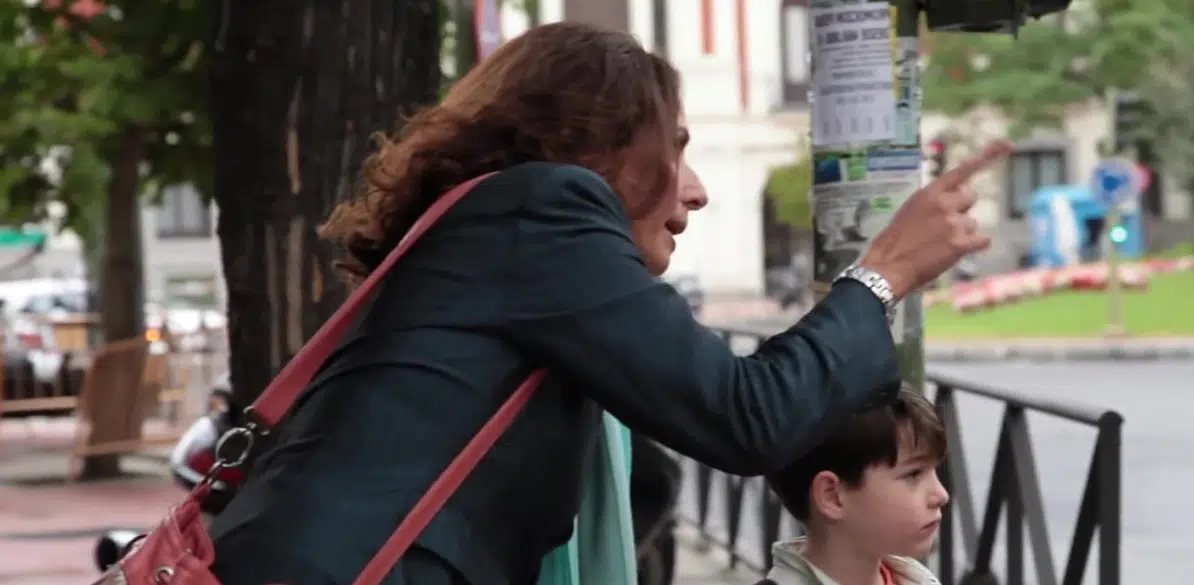This is what a safe walk to school should be like

Children are the drivers of the future. This is why it is so important to educate them about responsible road safety behavior from a very early age. Going back and forth to school is one of their main responsibilities as road users. Learn some of the main requirements that a walk to school should fulfil to ensure it is safe for users.
Fundación MAPFRE has carried out road safety audits in school environments (6.38 MB) as well as producing a Safety Inspection Manual for school settings. This was done with the aim of offering schools and local governments the necessary tools to establish safe school settings for young children on their journey to school, and sought to reveal the main problems and find possible solutions.
Getting to school can be done by private car, public transport, bicycle or simply on foot. This last option is being promoted due to a commitment to more sustainable mobility.
We offer some recommendations for a safe walk to school:
- Identification of different school routes and safe alternatives.
- Well-located entrance/exit gates to the school in order to protect children from coming into contact with any vehicles nearby.
- Crossings should be regulated by signals and be clearly visible. It is also advisable to have raised walkways for pedestrians and pedestrian-only areas.
- Good location, visibility, crossing conditions and state of the bus stops. It is a good idea to have covered bus stops. The bus stops should be located on straight sections of the road and never at the end of a bend in the road. Moreover, bus stops and vertical signage should be clearly visible and nothing should obscure them, such as trees, urban fixtures, parked cars, etc.
- There should be good cycle paths.
- There should be optimum lighting of any entrances and exits adjacent to the school.
- Width of the road and the sidewalks. Bear in mind that children should always walk on the sidewalk for their own safety.
- There should be vertical and horizontal signage and sufficient traffic lights to regulate the traffic safely. The phases of the traffic lights should therefore last an adequate amount of time.
- It is crucial that there are pedestrian crossings at all the intersections with access to the school and that they fulfill a series of recommendations for it to be safe for schoolchildren to cross: proper visibility both for pedestrians and for drivers; the vertical signage should be visible during the day and at night as well as in adverse weather conditions and there should be manually-operated traffic lights so pedestrians can activate the change of the lights at busy crossings. Children’s needs should be taken into account when programming the lights, given that if they have to wait too long children may be tempted to cross on a green light and put themselves and drivers in danger. Furthermore, cars should slow down at crossings and the use of reflective anti-slip paint is advisable to stop motorcyclists from slipping and falling and cars from skidding on rainy days.
In situations where the crossing is too wide to be crossed in one go, it is advisable to set up islands in the middle to allow pedestrians to cross in two stages.
- Driving in the areas around schools must be regulated. Spaces for pedestrians should be enlarged, especially sidewalks at pedestrian crossings and places where there are more people, such as bus stops. It is also very important to reduce the maximum speed limit in the areas around schools and school routes.
- At crossroads where the pedestrian crossings are not at the same level as the road, the sidewalks should be lowered to make it easier for children in strollers and people with reduced mobility.
- Any urban fixtures should be located away from crossing areas and signs directed at vehicle traffic should be removed from the sidewalks.
- The sidewalk surface should be in a good condition, as should the road itself.
